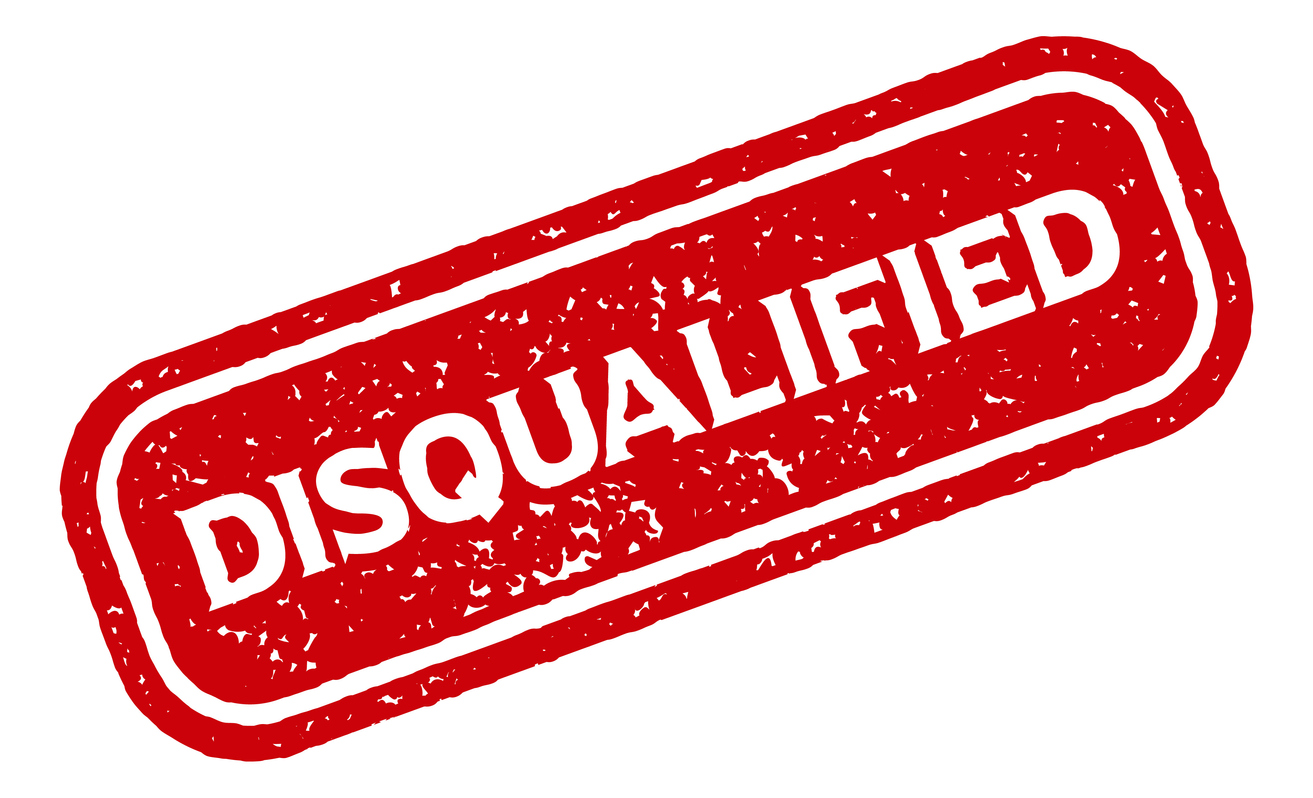Beginning in 1992 or 1993, Lennar-owned Village Builders started using Exterior Insulation and Finish System (“EIFS”), an imitation stucco siding product on homes it built. Lennar later learned that EIFS allowed the siding to trap water behind it and the materials underneath EIFS, causing damage to the materials underneath the EIFS by ongoing exposure to moisture. Lennar decided to stop EIFS in the first part of 1998, but by that time, Village Builders had built about 400-500 homes in Houston.
Ultimately, Lennar decided to strip the EIFS off all the houses and replace it with conventional stucco. It took about four and a half years to repair all the homes.
In June 2000, Lennar sued its primary insurance carrier, American Dynasty, and added its excess carrier, Markel American Insurance Company, to the lawsuit in 2001. Lennar requested a declaratory judgment that the carriers had a duty to indemnify Lennar for the EIFS claims. Eventually, Lennar settled with American Dynasty, leaving Markel as the only defendant at trial. A jury awarded Lennar $2,965,114.16 in actual damages, and Markel appealed the jury’s determination. In its appeal, Markel argued that Lennar failed to apportion covered losses from its uncovered losses, thereby precluding recovery for covered losses.
In Markel American Insurance Company v. Lennar Corporation, the Court of Appeals of Texas—Houston Division, stated that “[a]n insured is not entitled to recover under an insurance policy unless it proves its damages are covered under the policy.” The issue in this matter was whether the jury was instructed to segregate between damage caused by the faulty EIFS and the removal of EIFS as a preventative measure. The Court noted the doctrine of concurrent causation states that “when covered and non-covered perils combine to create a loss, the insured is entitled to recover only that portion of the damage caused solely by the covered peril.” And because the burden is on the insured to prove coverage, the Court emphasized that “[t]he insured must present some evidence from which the jury can allocate the damage attributable to the different causes.” The Court warned that “[t]he failure to segregate covered and uncovered perils is fatal to recovery.”
The jury charge in question defined “property damage,” in part, as “[t]he cost to remove and replace the EIFS in order to access and repair underlying water damage or in order to determine the areas of underlying water damage.” The Court found that this definition of “property damage” included merely removing and replacing EIFS as a preventative measure, regardless of whether or not there was actual property damage. “[T]his definition improperly included the costs of the removal and replacement of EIFS for preventative measures… . Because Lennar did not sustain its burden to segregate, there is no evidence of its covered damages.”



